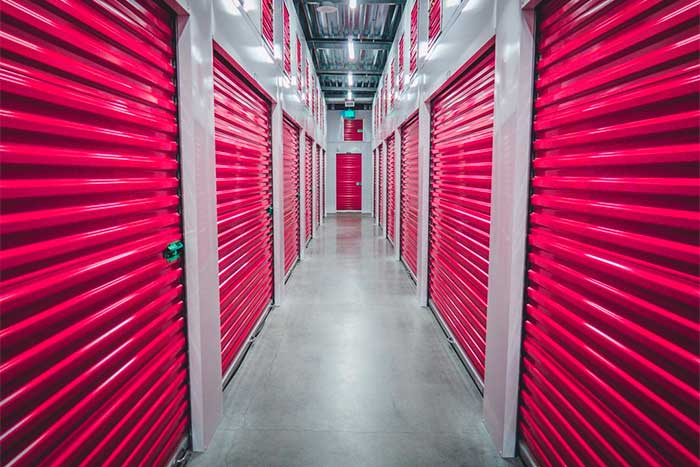Preparing for hurricane season can seem like a challenging task, especially for those new to the East Coast region and faced with this job for the first time. Every year, from late spring to late fall, hurricanes make their way across the Atlantic Ocean and strike various points in the Caribbean and the southern United States. Eventually, hurricanes make their way up the coastline or into the interior of the U.S. and bring extreme stormy weather up north and eventually back across the northern section of the Atlantic and into Europe.

The pattern is sophisticated and predictable, yet once storms reach the shores of the American continents, weather experts can only provide a generalized cone of probability that hints at the hurricane’s eventual course. This means that residents of Florida, Alabama, Louisiana, Texas, and a host of other coastline communities must prepare on a yearly basis for a season of storms—ranging from five to around fifteen during any given hurricane season. Many will dissipate as they make the journey from the shores of the Canary Islands, but a series of powerful weather systems are sure to arrive and create panic and chaos.
Preparing is all about knowledge and information.
The best-prepared homeowners are those who follow the guidance provided by local governments, the weather channel, and even more experienced neighbors. Those who have lived through decades of hurricanes have a knack for identifying storms that can create devastation in their community versus those that will provide only sound and fury for an evening or weekend.
One of the best ways to prepare is to look into home organization self storage tips. A prepared homeowner is one who can leave the premises at a moment’s notice. Hurricanes don’t wait around for you to pack up the essentials and hit the road, and they can change strength without warning. Katrina, in 2005, shows as barely a blip on the radar as it gathered strength before crossing over the southern tip of Florida. Then it lingered in the warm waters of the Gulf of Mexico, bolstering its strength for the eventual barrage of New Orleans that would follow. Organization and packing are essential when it comes to making split-second decisions in pursuit of the safety of your family and belongings. Packing up your valuables in water-tight containers and keeping go-bags at the ready during this period of the year is a must for anyone in a flood zone.
Stay ahead of the challenge that hurricane season provides to homeowners by packing away anything that you can’t afford to lose—vital records, family photographs, heirlooms, and jewelry, for instance—into a storage facility. It’s a good idea to use a storage space for your belongings that can provide a combination of easy access and protected construction in order to fend off the high winds. Once a storm passes, your belongings will remain safe for you to collect.
Upgrade your heating and air conditioning system with longevity in mind.
A home’s air conditioning system is typically rated for about a fifteen-year lifespan. This can be slashed dramatically, however, for those who live in hurricane-prone areas as debris and damage caused by the high winds can wreak the outdoor AC unit.
Asking your local technician, Is your HVAC system ready for the hurricane season is the best way to go about implementing safety upgrades that will keep your home secure and your HVAC system working at full potential. The thermostat, air conditioner, and larger HVAC system, on the whole, requires routine maintenance in order to keep it working at peak performance, and talking about essential upgrades before a storm hits is the best way to ensure that your home and its major appliances won’t suffer even greater damage from the effects of power outages, surging waters, or flying debris.
Prepare for hurricane season the smart way this year. Tackle these essentials first.
